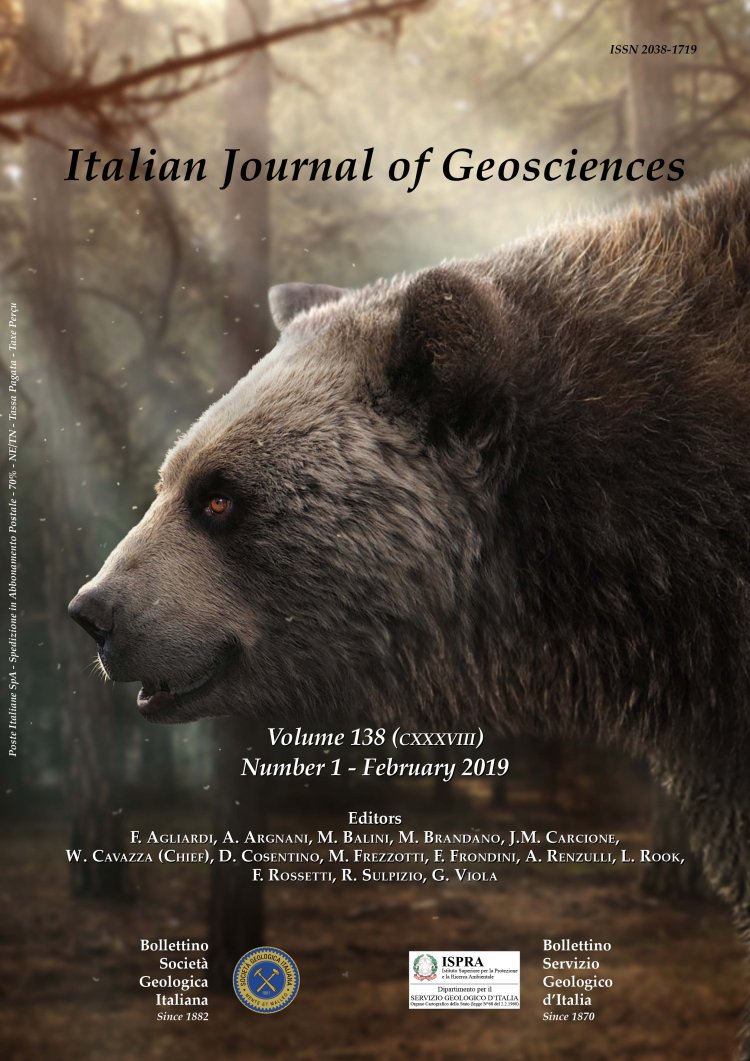
The Quaternary geology of the Benevento urban area (southern Italy) for seismic microzonation purposes
Maria Rosaria Senatore (1), Modestino Boscaino (1) & Felice Pinto (1)
(1) Dipartimento di Scienze e Tecnologie, Università degli Studi del Sannio, Via dei Mulini, 38/72, 82100 Benevento, Italy.
Corresponding author e-mail: senatore@unisannio.it.
DOI: https://doi.org/10.3301/IJG.2018.27
Volume: 138 (2019) f.1
Pages: 66-87
Abstract
The aim of this paper is to show how the classical methods of geology can be used to evaluate local seismic effects. This knowledge is essential for planning the renovation of public and private buildings and preserving architectural heritage. The urban area of Benevento, located in the Sannio region, on the axis of the Southern
Apennine Chain, is the case in point. A detailed geological survey was carried out. Sixteen boreholes were analysed, and 400 stratigraphic logs were re-interpreted. According to sediment characteristics, and depositional environments, several stratigraphic units were recognized. Their stratal correlation patterns enabled the creation of a geological model. The bedrock consists of Meso-Cenozoic pre- and
syn-orogenic units followed by cover units, the oldest of which consists of lower Pleistocene Pacevecchia alluvial deposits. A geological map (1:4,000 scale), and five cross-sections define the geological model of reference. The possible amplification of seismic waves was assessed on the basis of the stratigraphic units and their internal and external characteristics in terms of lithology, lateral and vertical variations, thickness, and heterogeneity. Therefore, areas of the city safe or with
the possibility to be affected by amplification phenomena have been defined. These geological results are supported by geophysical data.
Keywords
Get Full Text